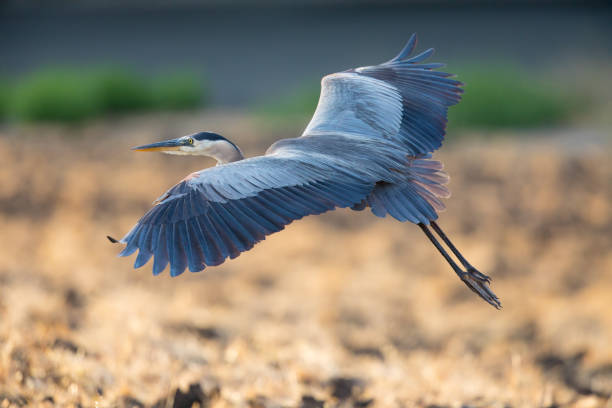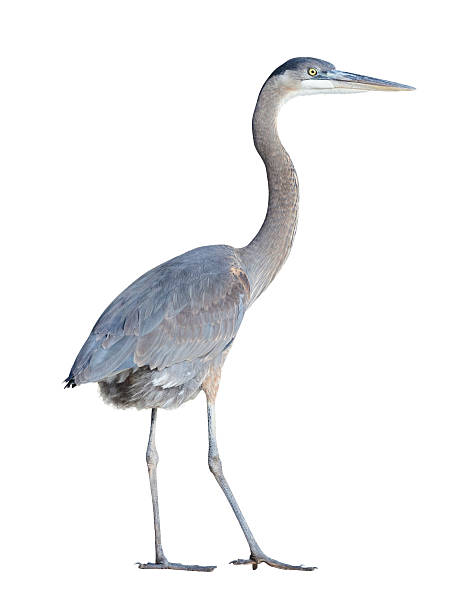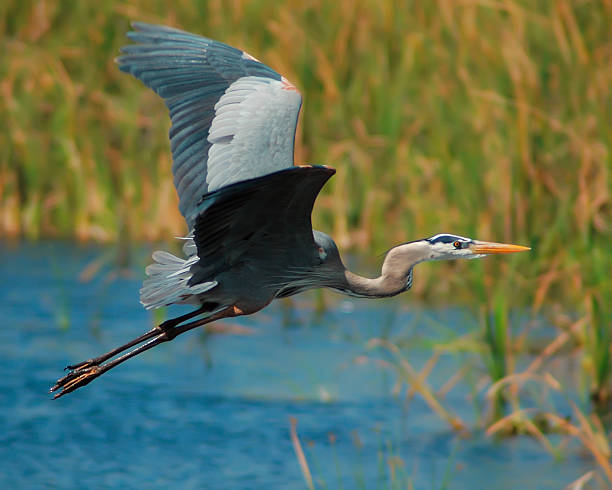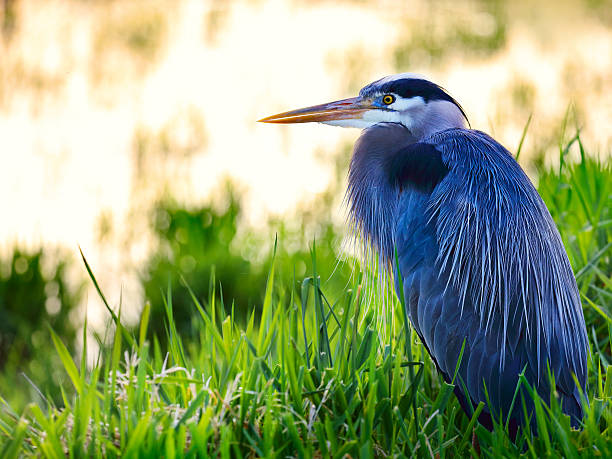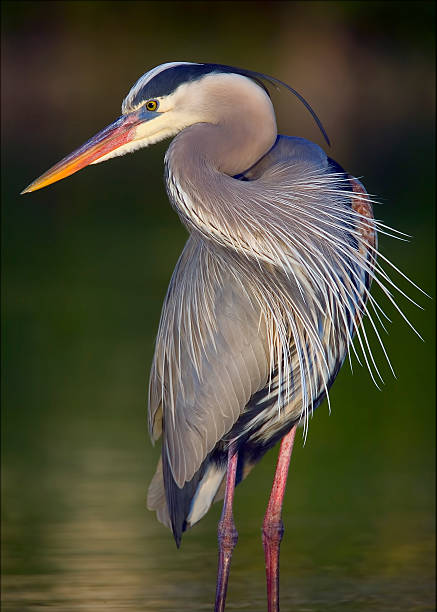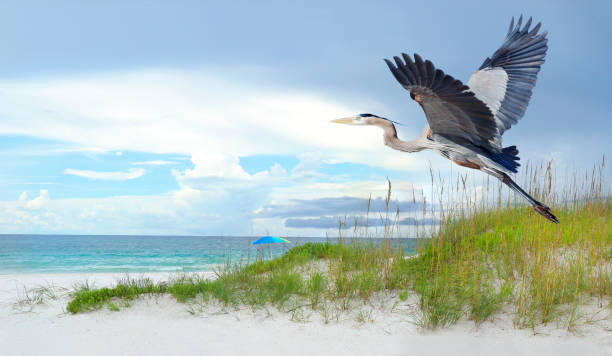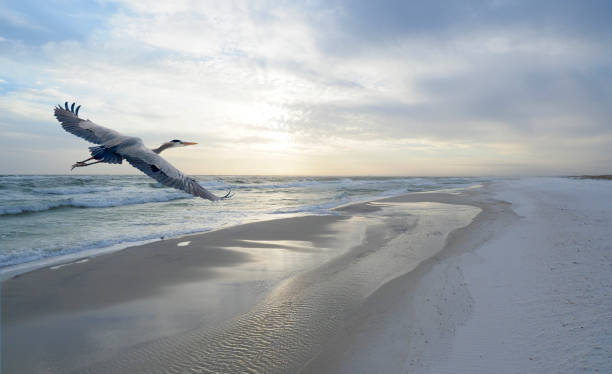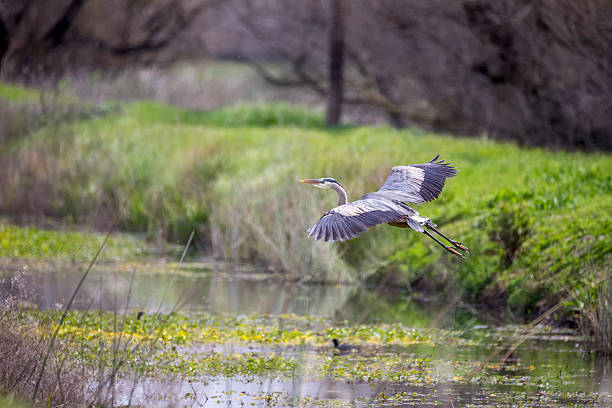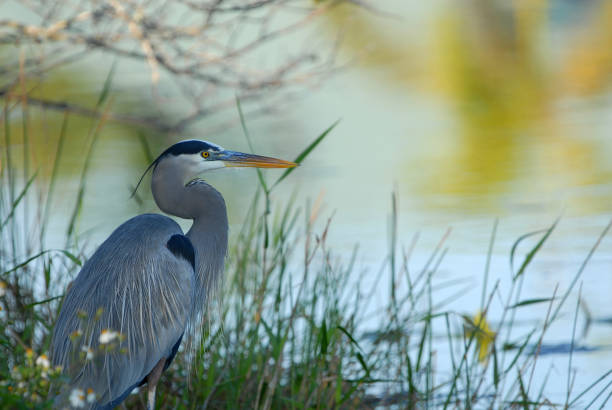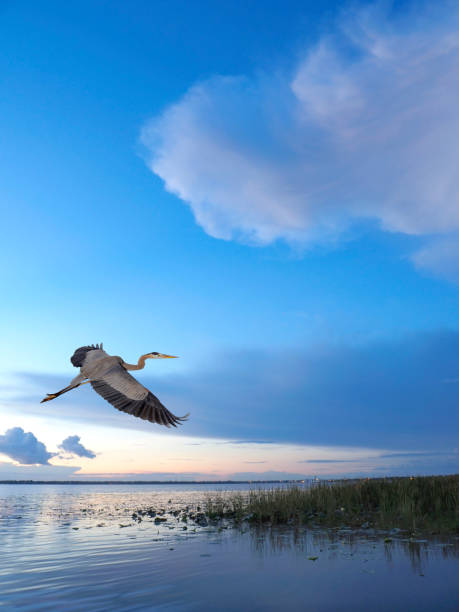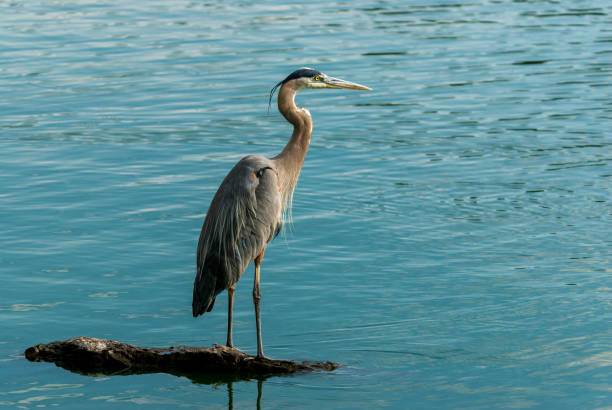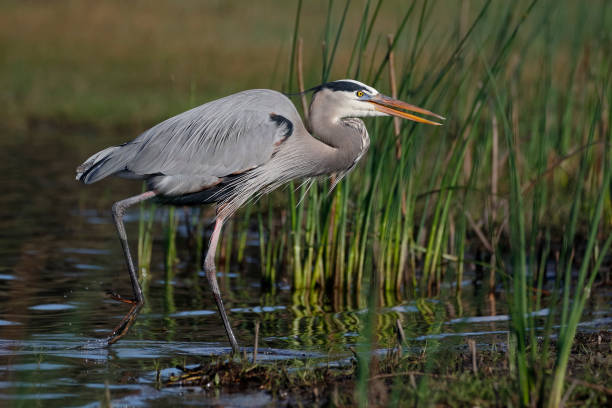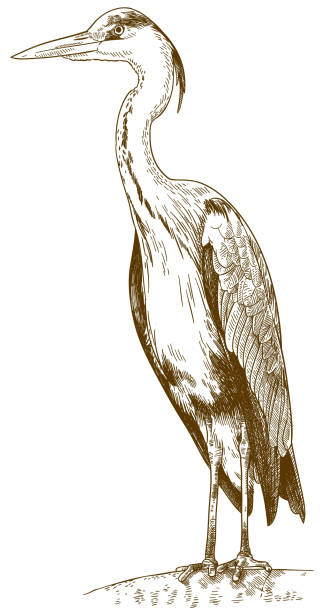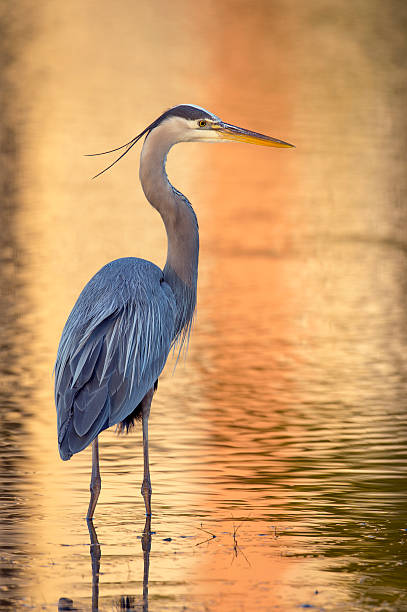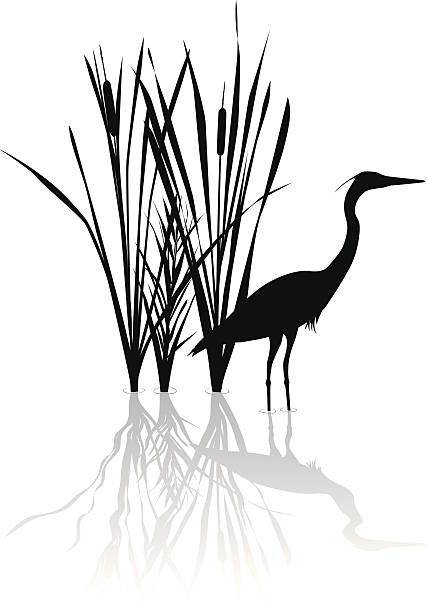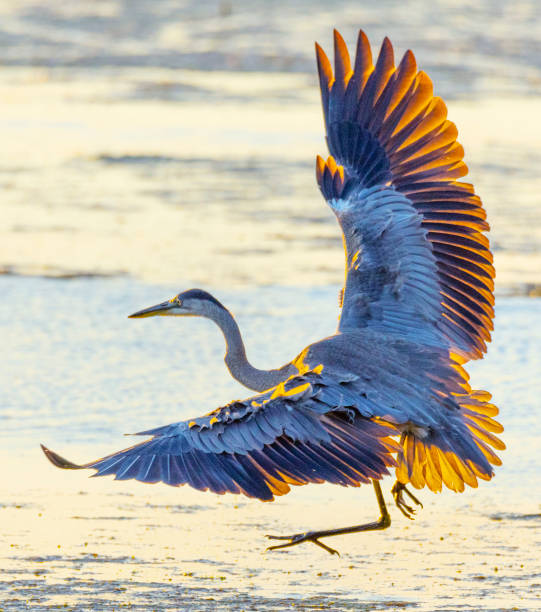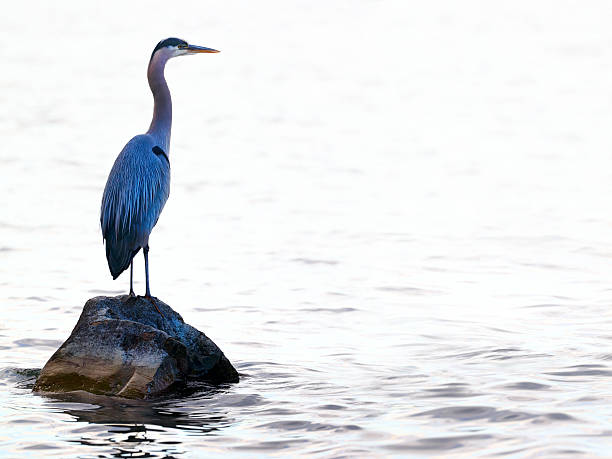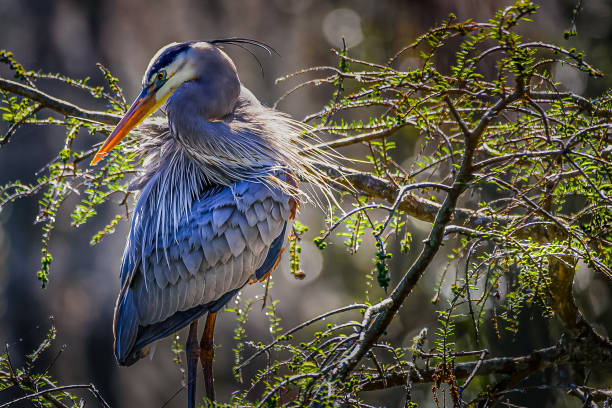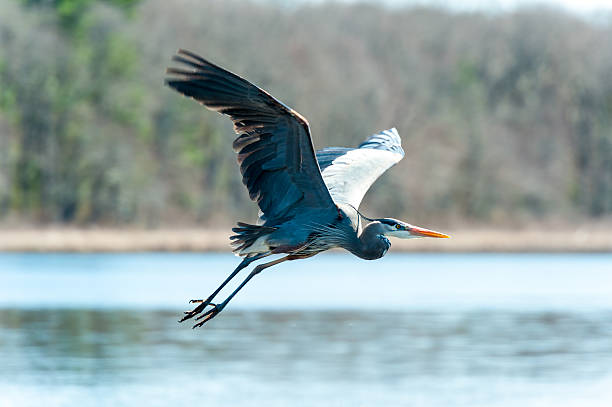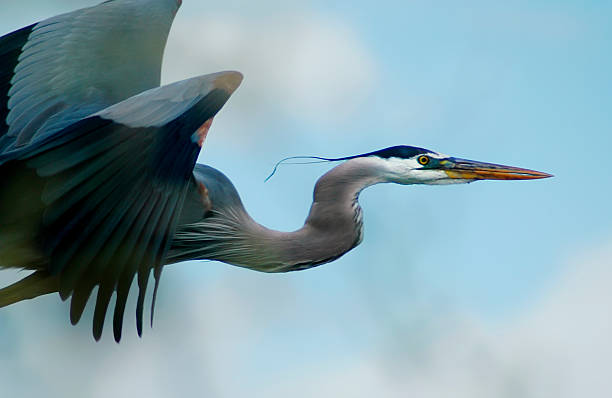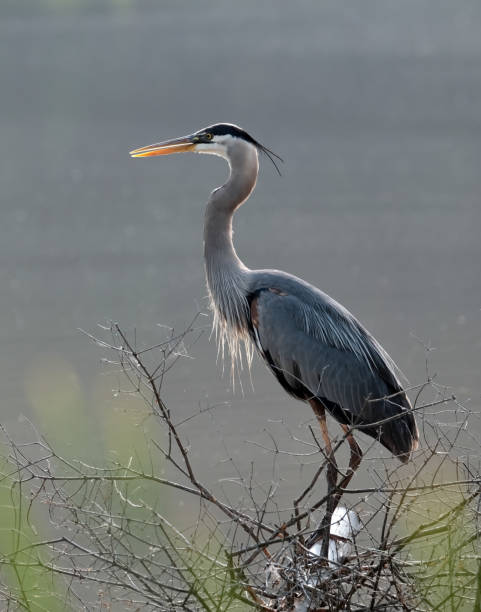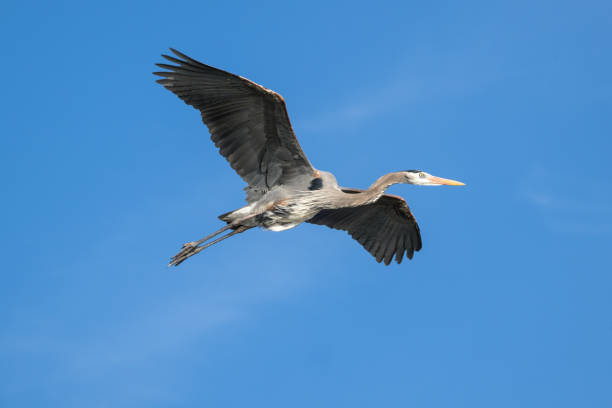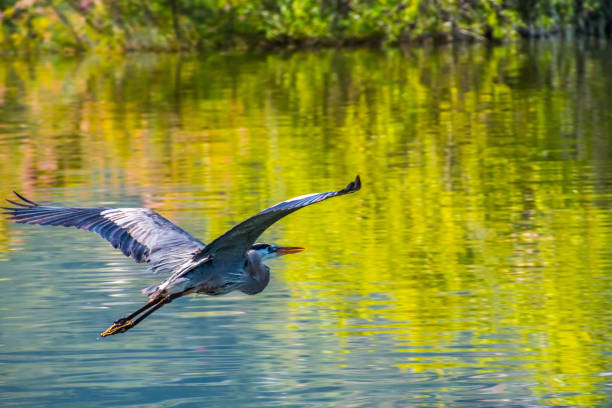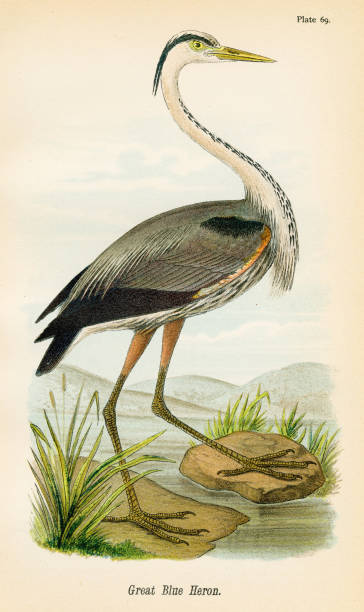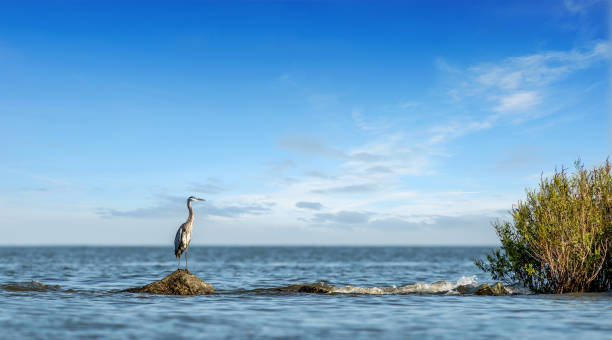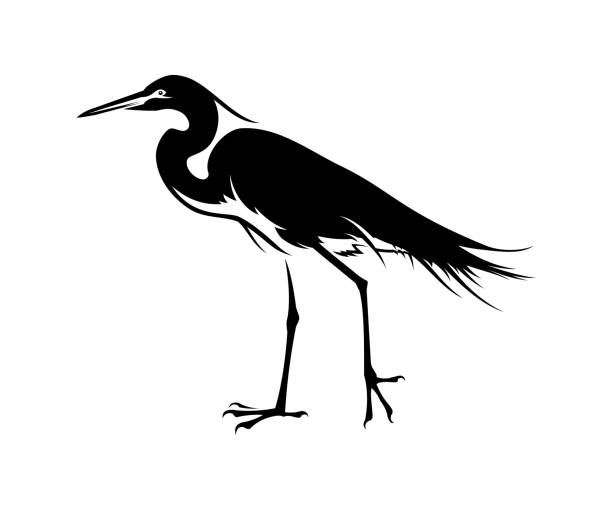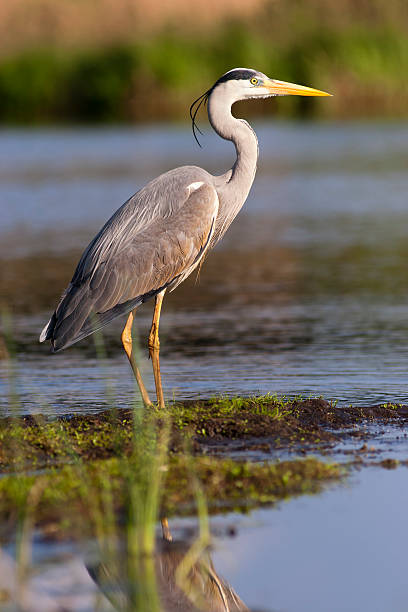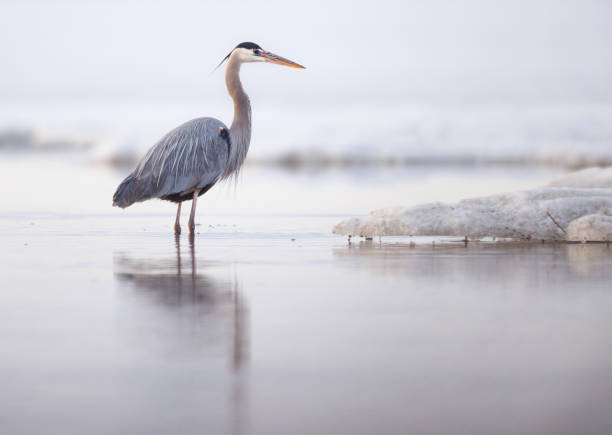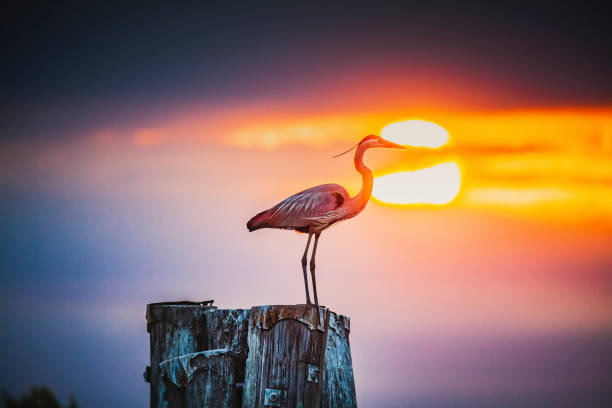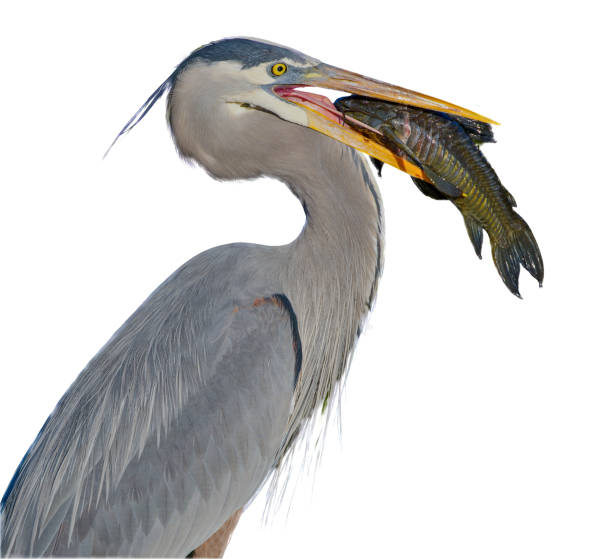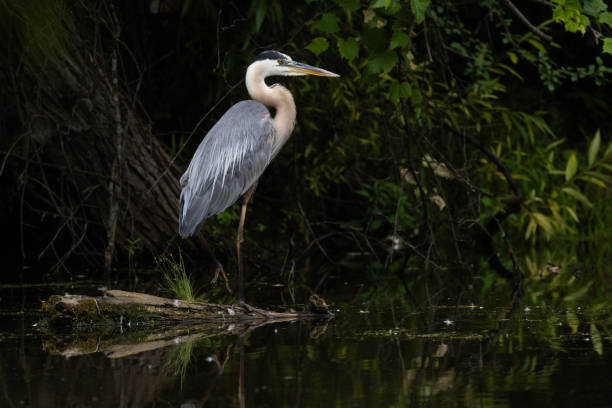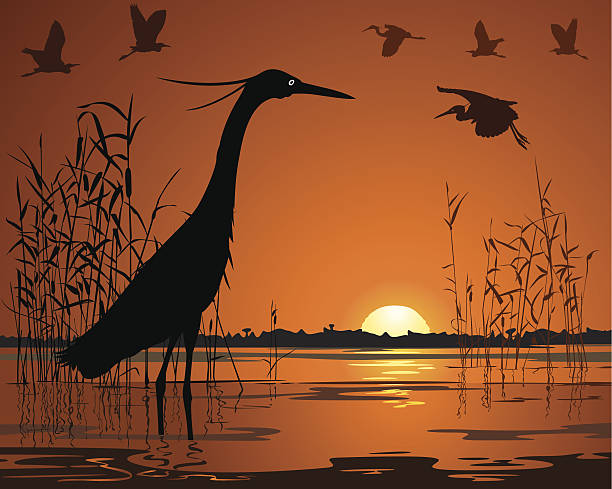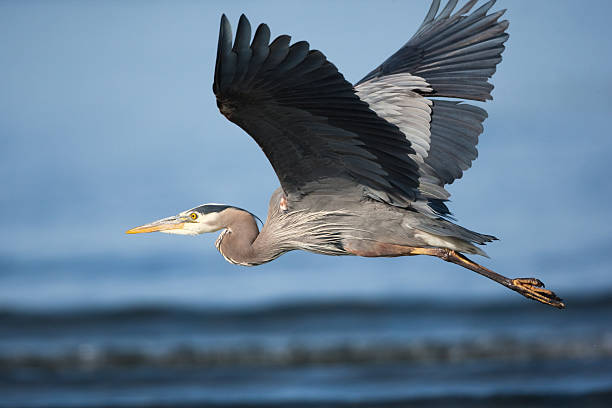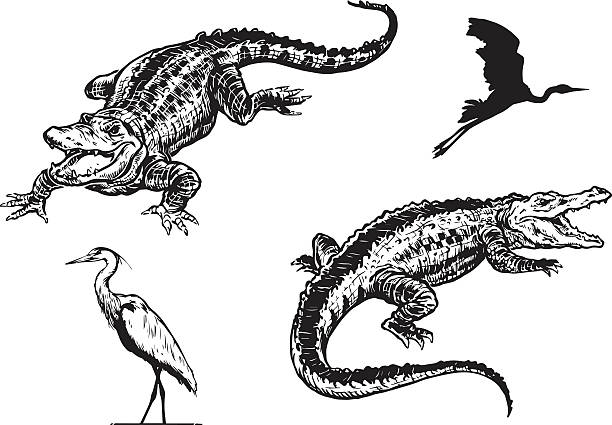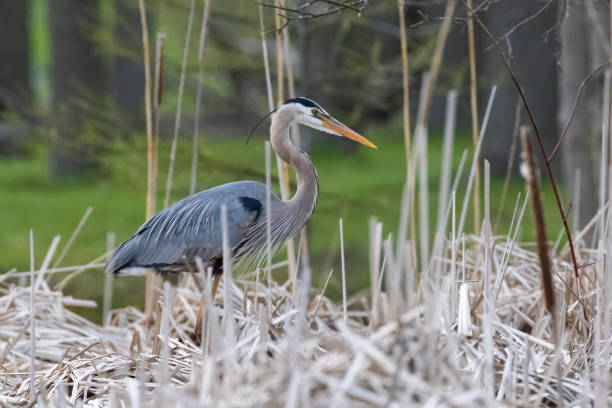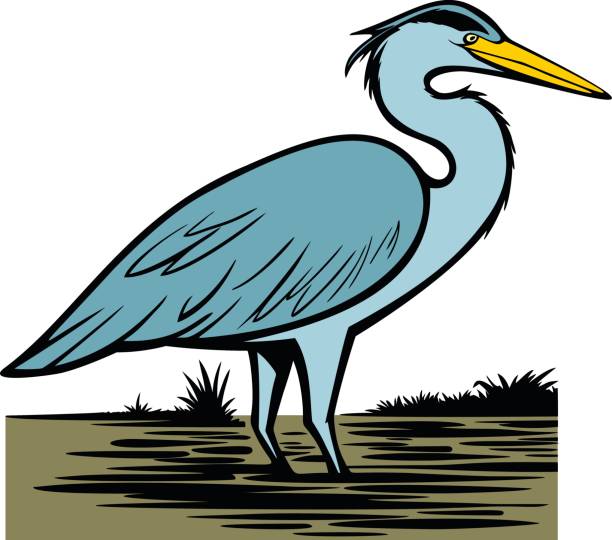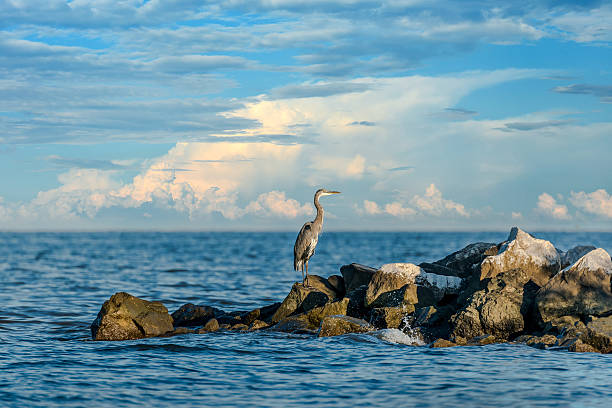
Blue Heron Pictures, Images and Stock Photos
Browse 34,400+ blue heron stock photos and images available, or search for great blue heron or heron to find more great stock photos and pictures.
great blue heron
heron
egret
blue heron flying
little blue heron
great blue heron flying
blue heron logo
blue heron silhouette
great blue heron florida
blue heron vector
great blue heron nest
blue heron canada
blue heron park
blue heron illustration
giant blue heron
great blue heron canada
blue heron nest
blue heron lake
blue heron florida
great blue heron illustration

Stylized Great Blue Heron
Great Blue Heron (Ardea herodias) on a white background with a clipping path
For similar images:
Closeup of a Great Blue Heron standing majestically on a log in the water gazing out over the Chesapeake bay in Maryland
Great blue heron (Ardea herodias) sitting in a lake.
Photo taken at the Little Estero Critical Wildlife Area at Fort Myers Beach, Florida.
Closeup of a Great Blue Heron Taking Off From a Beautiful White Sand Beach with Sea Oats on a Cloudy Day
A Great Blue Heron Flies Down the White Sand Florida Beach at Sunset
Great Blue Heron at Merced Wildlife Refuge.
An image with a great blue heron in breeding plumage at the waters edge of a lake.
Animal Character EPS10 File Format
A Great Blue Heron Flies Over a Lake as the Sun Rises
The Great Blue Heron (Ardea herodias) is a large wading bird common near open water and wetlands in North America, Central America, the Caribbean and the Galápagos Islands. It is the largest of the heron family native to North America. Blue herons are distinguished by slate-blue colored flight feathers, long legs and a long neck which is curved in flight. The face and head are white with black stripes. The long-pointed bill is a dull yellow. The great blue heron is found throughout most of North America from Alaska through Florida, Mexico, the Caribbean and South America. East of the Rocky Mountains herons are migratory and winter in the coastal areas of the Southern United States, Central America, or northern South America. Great blue herons thrive in almost any wetland habitat and rarely venture far from the water. The blue heron spends most of its waking hours hunting for food. The primary food in their diet is small fish. It is also known to feed opportunistically on other small prey such as shrimp, crabs, aquatic insects, rodents, small mammals, amphibians, reptiles, and birds. Herons hunt for their food and locate it by sight. Their long legs allow them to feed in deeper waters than other waders are able to. The common hunting technique is to wade slowly through the water and spear their prey with their long, sharp bill. They usually swallow their catch whole. The great blue heron breeds in colonies called rookeries, located close to lakes and wetlands. They build their large nests high up in the trees. This heron was photographed while standing on a rock by Walnut Canyon Lakes in Flagstaff, Arizona, USA.
Great Blue Heron (Ardea herodias) stalking its prey - Myakka River State Park, Florida
Vector antique engraving drawing illustration of great blue heron (ardea herodias) isolated on white background
Great Blue Heron (Ardea herodias) wading in a pond at Ft. Myers, Florida. The Great Blue is the largest heron in the New World, and breeds from southern Canada to northern Mexico and Cuba and winters south to northern South America. This orange reflection in this photo is from buildings in the background.
Vector silhouette illustration of a Great Blue Heron and Cat Tails.
Great blue heron flying low, feathers ruffled in brisk wind as he gets ready to land.
Heron Pose Illustration Vector Template. Suitable for Creative Industry, Multimedia, entertainment, Educations, Shop, and any related business.
Great blue heron (Ardea herodias) in Washington Lake.
A Blue Heron Patiently waiting for breakfast in Mount Pleasant, South Caolinra
A beautiful side profile of a Great Blue Heron enjoying a warm summer breeze.
Great blue heron flying over the water
Great blue heron on the dock area at San Carlos swith feathers blown by the wind
For similar images:
A great blue heron fishing on the shoeline
Mist on lake in the morning with a Blue Grand Heron
A Great Blue Heron in flight.
A beautifully large wading bird flying high through the sky
Report on the Birds of Pennsylvania by B.H.Warren M.D. 1890
Great Blue Heron Wading in Wetlands
Closeup of a Beautiful Great Blue Heron (Ardea Herodias) with a White Background
Blue Heron. Photo taken in Edison, Washington State.Blue Heron landing. Photo taken in Edison, Washington State.
Great Blue Heron majestically standing on a rock jetty looking out over the Chesapeake Bay in Maryland on a clear sunny day
Black heron silhouette for light background - cut out vector icon
Great blue heron in the marsh with reflection
"Great Blue Heron, Focus On Eye."
A great blue heron stands still in icy waters of a partially thawed lake
Diseases of Poultry by Leonard Pearson - Clarence M. Busch, State Printer of Pennsylvania 1897
Great Blue Heron scanning the water for fish in Okeechobee, Florida, United States
great blue heron (Ardea herodias)
Stylized Birds - Herons in flight
egrets in beautiful golden morning.
Hand drawn illustrations of American Alligators and Great Blue Herons.
great blue heron (Ardea herodias) in spring
A gray scale illustration of a Great Blue Heron flying over the cattails. The heron is shown from the side with both wings high in the air. There is a row of cattails and marsh weeds below the bird.

A Great Blue Heron flying up from the cattails at sunset
A vector illustration of a Heron bird.
Great Blue Heron (Ardea herodias) flying over a lagoon on the island of Ambergris Caye, Belize.
Blue Heron adult and babies close-up profile view on the nest, displaying their blue plumage feathers, wings, beak, eye, long legs with a blue sky background. Heron Picture.
Great Blue Heron standing on a jetty over looking the Chesapeake Bay in Maryland
A vector illustration of a Heron bird.
Two herons on the big branch over water, one heron with twig in its beak
